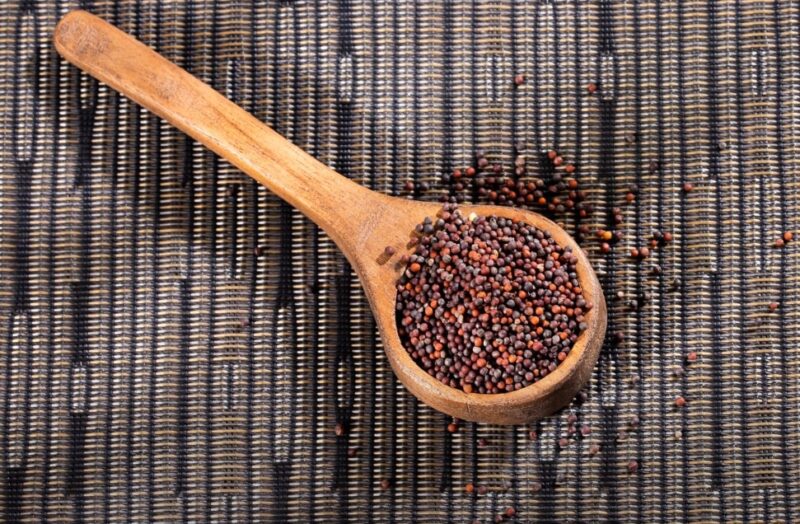Mustard seeds are a versatile ingredient that can add a burst of flavor to many dishes. They’re used around the world in various cuisines, offering a range of tastes from mild to spicy. As we explore how to use them in cooking, we’ll discover simple ways to incorporate their unique flavor into everyday meals.
1. Toast and Grind for Spice Blends
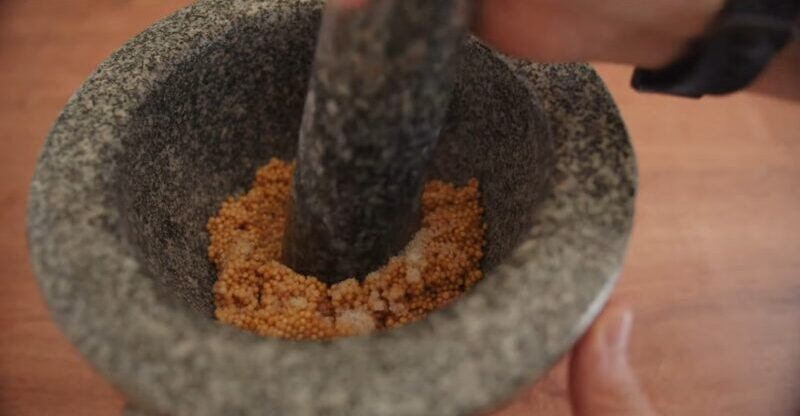
Toasting mustard seeds before grinding them into powder is a simple technique that unlocks their aromatic oils and intensifies their flavor. This process not only enhances the taste of the mustard seeds but also contributes a nutty and rich depth to spice blends.
By gently heating the seeds in a dry pan until they begin to pop, their essence is magnified, making them a perfect base for homemade spice mixes. These freshly ground seeds can be combined with other spices to create blends for rubs, marinades, or seasoning for a variety of dishes.
Recipe: Homemade Mustard Spice Blend
- 2 tablespoons mustard seeds
- 1 tablespoon cumin seeds
- 1 tablespoon coriander seeds
- 1 teaspoon turmeric powder
- 1 teaspoon paprika
Toast the mustard, cumin, and coriander seeds in a dry skillet over medium heat until they start to pop. Let them cool, then grind to a fine powder and mix with turmeric and paprika. Use this blend to season chicken or vegetable dishes for an added layer of flavor. This can be an interesting way to make a homemade garlic bread with a unique taste.
2. Stir into Sauces and Dressings

Mustard seeds can be a dynamic addition to sauces and dressings, offering a tangy and piquant flavor that complements a wide range of dishes. When mustard seeds are mixed into liquid bases, they impart a subtle heat and complexity that can elevate the simplest salad or marinade.
Whether you’re making a vinaigrette for a fresh salad or a creamy sauce for a hearty main course, the inclusion of mustard seeds introduces a delightful zest that balances the overall taste.
Recipe: Creamy Mustard Seed Dressing
- 1 tablespoon mustard seeds
- 1/4 cup apple cider vinegar
- 1/2 cup olive oil
- 1 tablespoon honey
- Salt and pepper to taste
Combine the mustard seeds with apple cider vinegar, olive oil, honey, salt, and pepper in a jar. Shake well until the mixture is emulsified. Drizzle over your favorite salad for a refreshing and flavorful touch.
3. Pop in Hot Oil for Tempering

Tempering, a cooking technique often used in Indian cuisine, involves popping mustard seeds in hot oil to release their flavor. This method allows the seeds to crack open, releasing their distinctive spicy and nutty aroma into the oil.
The infused oil is then used as a flavor base for dals, curries, and other dishes, imparting a rich taste and fragrance that is unmistakably Indian. This technique not only enhances the flavor profile of a dish but also adds a crunchy texture to the final presentation.
Recipe: Tempered Lentil Dal
- 1 teaspoon mustard seeds
- 2 tablespoons vegetable oil
- 1 cup red lentils, washed and drained
- 1 onion, finely chopped
- 2 garlic cloves, minced
- 1 teaspoon ground turmeric
- 4 cups water
- Salt to taste
Heat oil in a pan and add mustard seeds. Once they start to pop, add onion and garlic, sautéing until soft. Add lentils, turmeric, water, and salt. Simmer until lentils are cooked through. Serve this flavorful dal as a comforting meal with rice or bread.
4. Mix into Dough for Breads

Incorporating mustard seeds into bread dough introduces a unique flavor and texture to homemade breads. The seeds add a mild heat and crunch, enhancing the overall eating experience.
Whether you’re baking a traditional loaf, rolls, or flatbreads, adding mustard seeds can transform your bread into something special. This addition works particularly well in recipes that benefit from a bit of spice and texture, such as rye or whole wheat breads.
Recipe: Mustard Seed Whole Wheat Bread
- 2 teaspoons mustard seeds
- 3 cups whole wheat flour
- 1 cup all-purpose flour
- 1 tablespoon sugar
- 2 teaspoons salt
- 1 packet instant yeast
- 1 1/2 cups warm water
Mix the flours, sugar, salt, and yeast in a large bowl. Stir in the warm water to form a dough, then knead in the mustard seeds. Let the dough rise until doubled in size, then bake in a preheated oven at 375°F (190°C) for about 30 minutes. Enjoy slices of this aromatic bread with butter or your favorite spread.
5. Sprinkle Over Salads
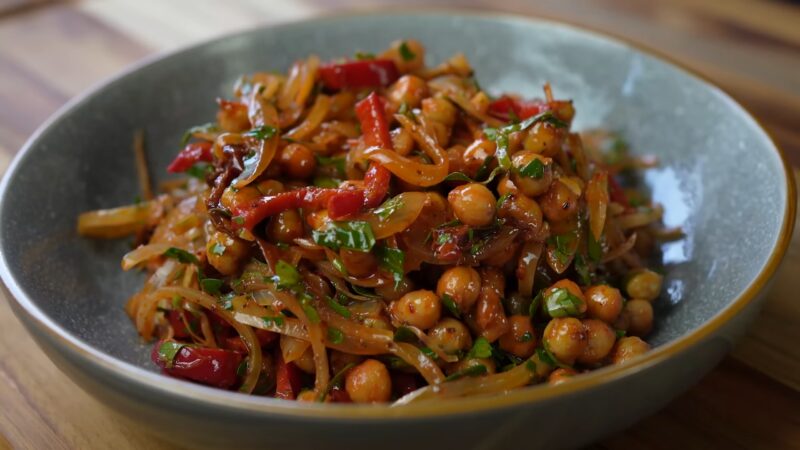
Adding mustard seeds directly to salads introduces a burst of flavor and a delightful crunch. This simple addition can transform a basic salad into a more complex and satisfying dish.
The seeds’ spicy tang complements the fresh ingredients in the salad, while their texture adds an unexpected element that enhances the overall dining experience. Whether used as a garnish or mixed into the salad, mustard seeds are a great way to add depth and interest to your greens.
Recipe: Crunchy Mustard Seed Salad
- 1 tablespoon mustard seeds
- 4 cups mixed salad greens
- 1 cucumber, sliced
- 1 bell pepper, chopped
- 1/4 cup sliced almonds
- Dressing of choice
Toss the salad greens, cucumber, bell pepper, and sliced almonds in a large bowl. Sprinkle mustard seeds over the top and add your favorite dressing. This salad offers a refreshing mix of flavors and textures, with the mustard seeds providing a pleasant bite.
6. Add to Pickling Brines
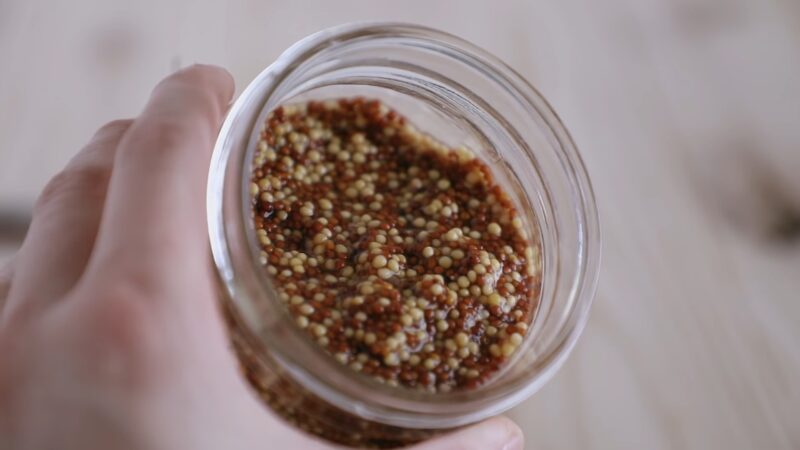
Mustard seeds are a staple in pickling brines, contributing their piquant flavor to the preservation process. Their presence in the brine infuses pickled vegetables with a distinctive taste, enhancing their natural flavors.
Whether you’re pickling cucumbers, carrots, or any other vegetable, adding mustard seeds can elevate the final product, making it more flavorful and enjoyable. This technique not only preserves the vegetables but also turns them into a delicious and tangy snack or side dish.
Recipe: Mustard Seed Pickled Cucumbers
- 2 tablespoons mustard seeds
- 1 cup water
- 1 cup white vinegar
- 1 tablespoon salt
- 2 tablespoons sugar
- 4 cucumbers, sliced
- 1 dill sprig
Combine water, vinegar, salt, sugar, and mustard seeds in a saucepan and bring to a boil. Place sliced cucumbers and dill in a jar, then pour the hot brine over them. Seal the jar and let it cool before refrigerating. These pickled cucumbers are a tangy and crunchy addition to any meal.
7. Use in Marinades for Meat and Vegetables
Mustard seeds can be used to create flavorful marinades for meat and vegetables, imparting a depth of flavor that enhances the natural tastes of the ingredients. The seeds’ spicy and tangy characteristics make them an ideal choice for marinades, as they help to tenderize the meat or vegetables while adding a layer of complexity to the dish.
Whether you’re preparing a barbecue or a roasted vegetable platter, a mustard seed marinade can make all the difference.
Recipe: Mustard Seed Marinade for Chicken
- 2 tablespoons mustard seeds, crushed
- 1/4 cup olive oil
- 2 tablespoons lemon juice
- 1 tablespoon honey
- 2 garlic cloves, minced
- Salt and pepper to taste
- 4 chicken breasts
Mix the crushed mustard seeds, olive oil, lemon juice, honey, garlic, salt, and pepper in a bowl. Coat the chicken breasts in the marinade and let them sit for at least 30 minutes. Grill or bake until cooked through. This marinade ensures the chicken is flavorful, moist, and infused with the unique taste of mustard seeds.
8. Add It to Curry
Mustard seeds are a fundamental ingredient in many curry recipes, where they contribute to the dish’s foundational flavors. When cooked in oil, the seeds release their characteristic spicy and pungent aroma, which becomes integral to the curry’s overall flavor profile.
This technique is especially prevalent in Indian and Southeast Asian cuisines, where mustard seeds are valued for their ability to add depth and complexity to a wide array of curries, from vegetarian to meat-based dishes.
Recipe: Coconut Mustard Seed Curry
- 1 teaspoon mustard seeds
- 2 tablespoons coconut oil
- 1 onion, finely chopped
- 2 tomatoes, chopped
- 1 can coconut milk
- 1 tablespoon curry powder
- 1 lb mixed vegetables (carrots, peas, potatoes)
- Salt to taste
Heat coconut oil in a pan and add mustard seeds. Once they pop, add onion and cook until translucent. Add tomatoes and cook until soft. Stir in coconut milk, curry powder, mixed vegetables, and salt. Simmer until the vegetables are tender. Serve this rich and flavorful curry with rice or naan for a satisfying meal.
9. Blend into Mustard Condiments

Creating homemade mustard condiments with mustard seeds allows for customization of flavors, ranging from sweet and mild to spicy and robust. By blending soaked mustard seeds with vinegar, spices, and sweeteners, you can craft a condiment that perfectly suits your taste preferences.
This homemade mustard can be used as a spread, a glaze, or a dipping sauce, adding a personal touch to sandwiches, grilled meats, and snacks.
Recipe: Homemade Spicy Mustard
- 1/4 cup yellow mustard seeds
- 1/4 cup brown mustard seeds
- 1/2 cup apple cider vinegar
- 1/4 cup water
- 1 tablespoon honey
- 1 teaspoon salt
- 1/2 teaspoon turmeric
Soak both types of mustard seeds in vinegar and water overnight. Blend the soaked seeds with honey, salt, and turmeric until the mixture reaches your desired consistency. Store in a jar and let it mature for a few days before using. This homemade mustard adds a vibrant and spicy kick to any dish.
10. Roast with Root Vegetables
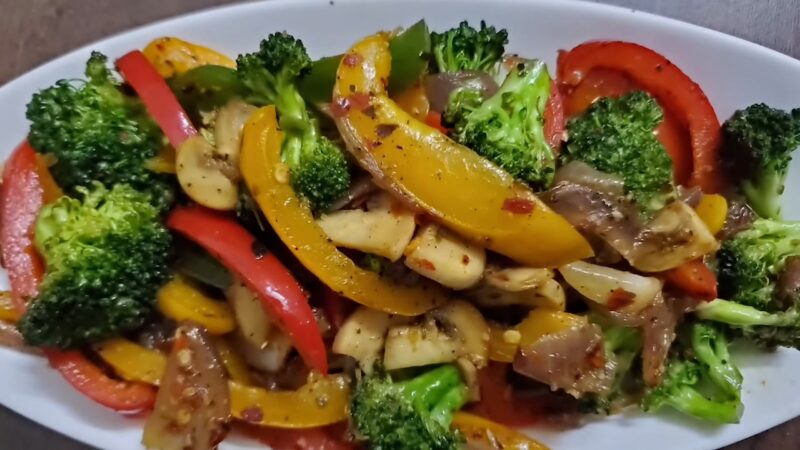
Mustard seeds can add a flavorful twist to roasted root vegetables, providing a subtle spice and texture contrast. By tossing vegetables like potatoes, carrots, and parsnips with mustard seeds before roasting, you infuse them with a delightful crunch and a burst of flavor.
This simple addition transforms a standard side dish into something more intriguing and satisfying, complementing the natural sweetness of the vegetables with the seeds’ tangy bite.
Recipe: Mustard Seed Roasted Vegetables
- 2 tablespoons mustard seeds
- 4 cups mixed root vegetables, cubed
- 2 tablespoons olive oil
- Salt and pepper to taste
- 1 teaspoon thyme
Toss the root vegetables with mustard seeds, olive oil, salt, pepper, and thyme. Spread them on a baking sheet and roast in a preheated oven at 400°F (200°C) until tender and golden. This dish offers a rustic and flavorful side that pairs well with a variety of main courses, showcasing the versatility and appeal of mustard seeds in cooking.
FAQs
Is it OK to eat mustard seeds?
Yes, it is OK to eat mustard seeds. They have many health benefits, such as antioxidants, anti-inflammatory, and anti-cancer properties.
Can mustard seeds be roasted?
Yes, mustard seeds can be roasted. Roasting makes them more flavorful and easier to grind.
Which mustard seed is best for cooking?
It depends on your taste and the dish you are making. Black mustard seeds are the most spicy, brown mustard seeds are less spicy, and white mustard seeds are the mildest.
Who should not eat mustard seeds?
People who are allergic or sensitive to mustard seeds should not eat them. People who have blood problems or are pregnant or breastfeeding should also be careful with mustard seeds.
Summary
Mustard seeds enhance a variety of dishes with their distinct flavor and texture. These small yet impactful components can transform simple meals into extraordinary culinary experiences.
From dressings to marinades and beyond, their versatility shines through, proving essential for both novice cooks and seasoned chefs. The ability of mustard seeds to elevate the taste profile of a dish underscores their value in diverse cooking traditions worldwide.
